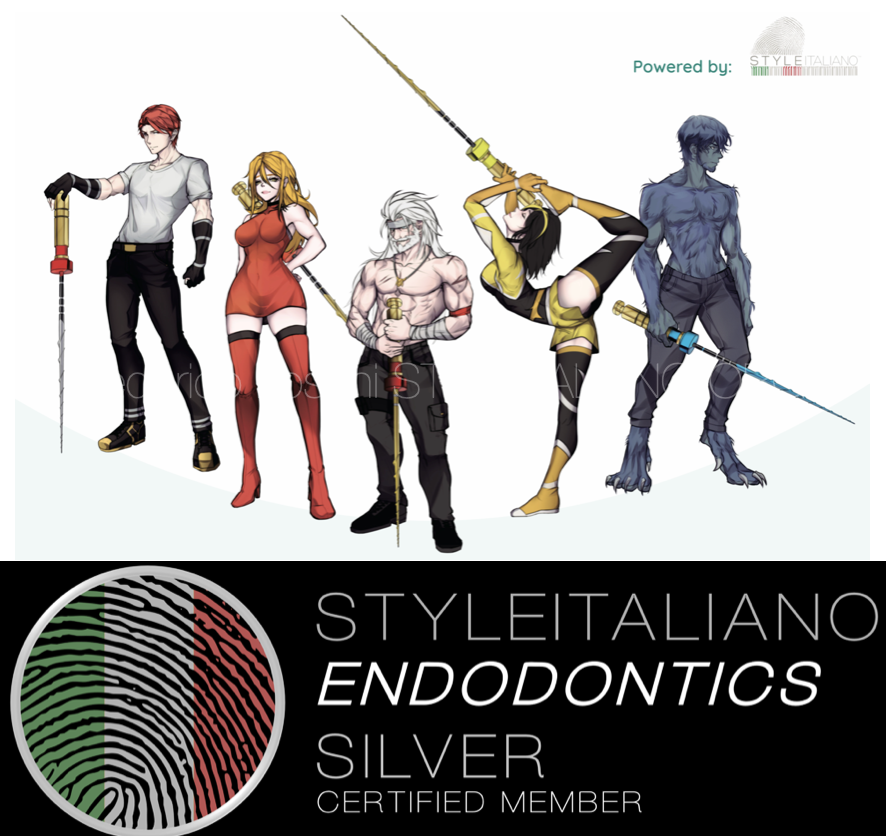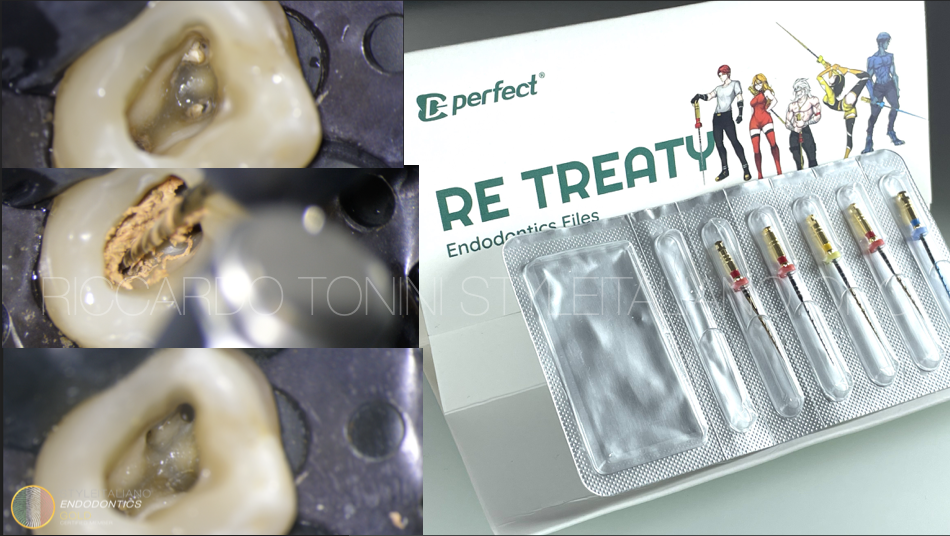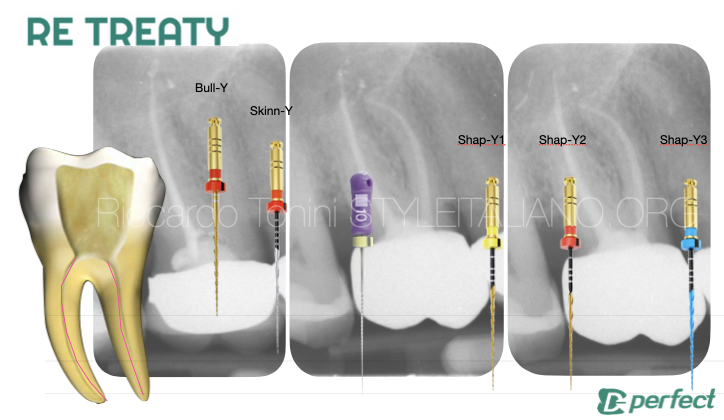
Root Canal Retreatment of LR6 using the Retreaty system from Perfect: A case report
20/06/2024
Alexandru Gliga
Warning: Undefined variable $post in /var/www/vhosts/styleitaliano-endodontics.org/endodontics.styleitaliano.org/wp-content/plugins/oxygen/component-framework/components/classes/code-block.class.php(133) : eval()'d code on line 2
Warning: Attempt to read property "ID" on null in /var/www/vhosts/styleitaliano-endodontics.org/endodontics.styleitaliano.org/wp-content/plugins/oxygen/component-framework/components/classes/code-block.class.php(133) : eval()'d code on line 2
Single file instrumentation has to some extent ease the root canal preparation in both primary root canal treatments and retreatments. However, the variety of clinical situations does not agree with the optimistic approach of having one instrument to fit all circumstances. All clinicians should carefully conduct their preoperative assessment as well as their constant intraoperative analyses since the ideal approach must be particularly tailored for every tooth treated. Even though saving time seems to be an important factor nowadays, saving tissue, minimising risks and adapting tools and skills to clinical situations and not vice-versa must be the right attitude when it comes to medical procedures, including Endodontics.
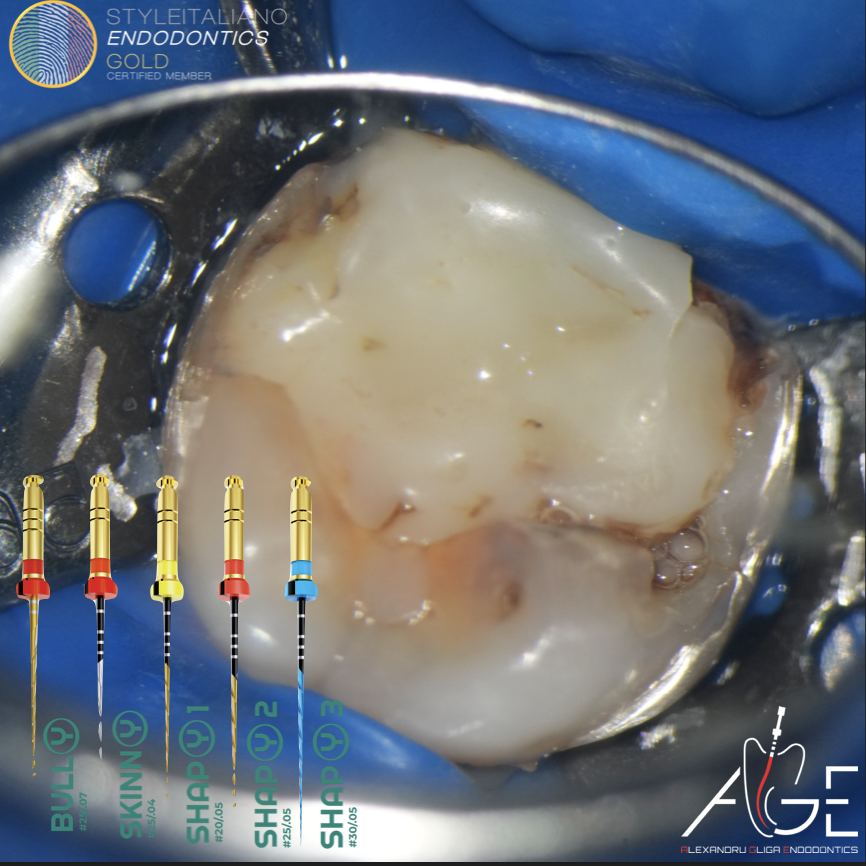
Fig. 1
The 36 years old patient was referred to our office by his general dental practitioner for endodontic retreatment. He complained about experiencing bitting tenderness on tooth 36.
The access cavity was driven by removing the coronal filling material and the infected dentine.
The Retreaty file system from Perfect was chosen for managing this case. Narrow canals can be very difficult to manage additionally in retreatment cases, hence a sequence of files is recommended in such situations.
Preparing for the procedure
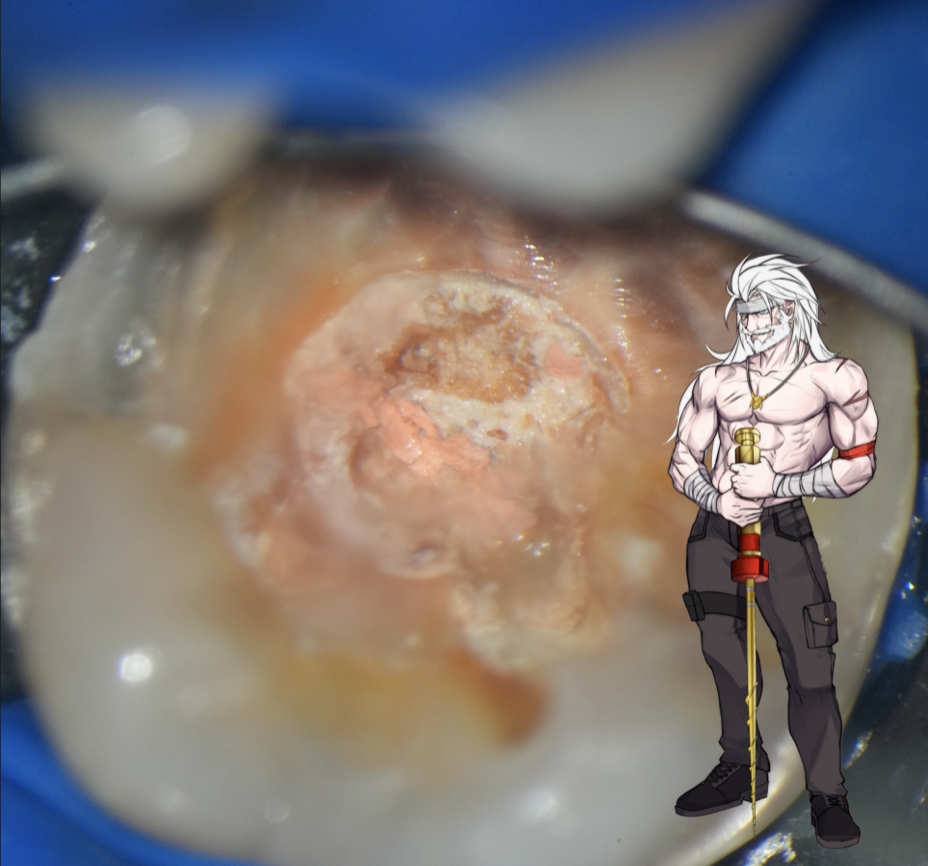
Fig. 2
The first instrument used to remove the GP from inside the first 1/3 of the canal was Bully - 25.07
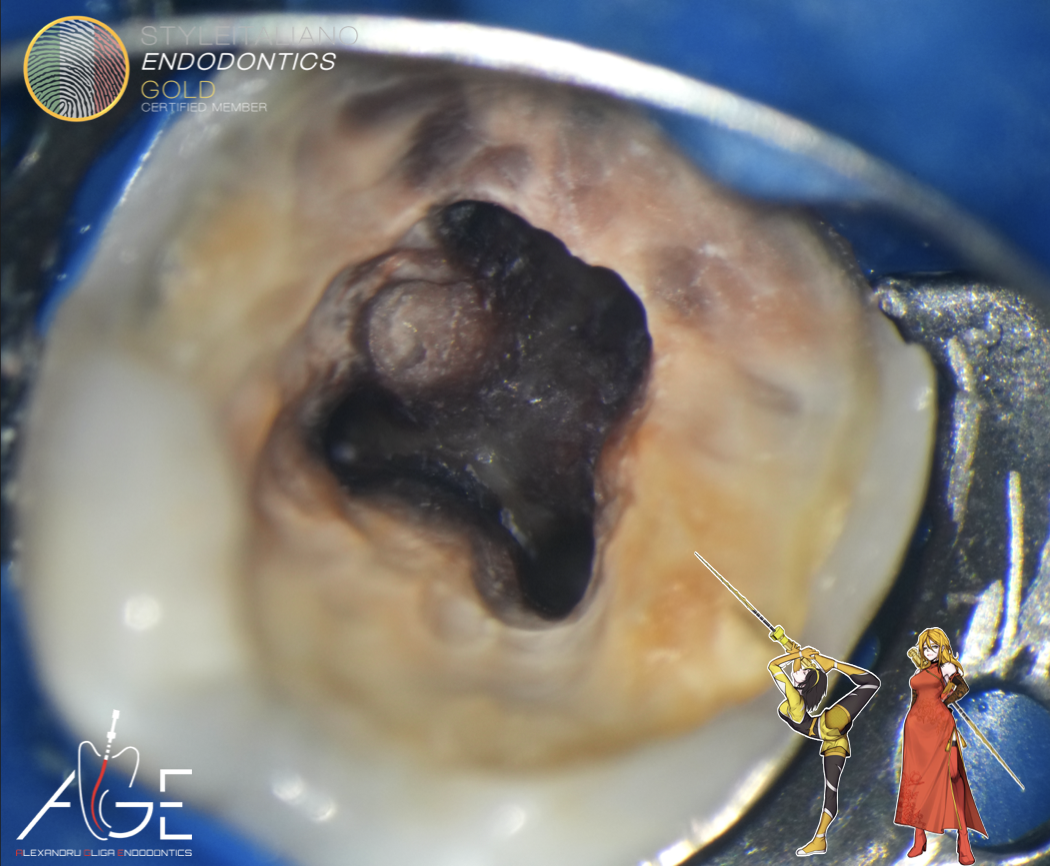
Fig. 3
Instrumentation sequence:
Perfect Shapy 1 and Shapy 2
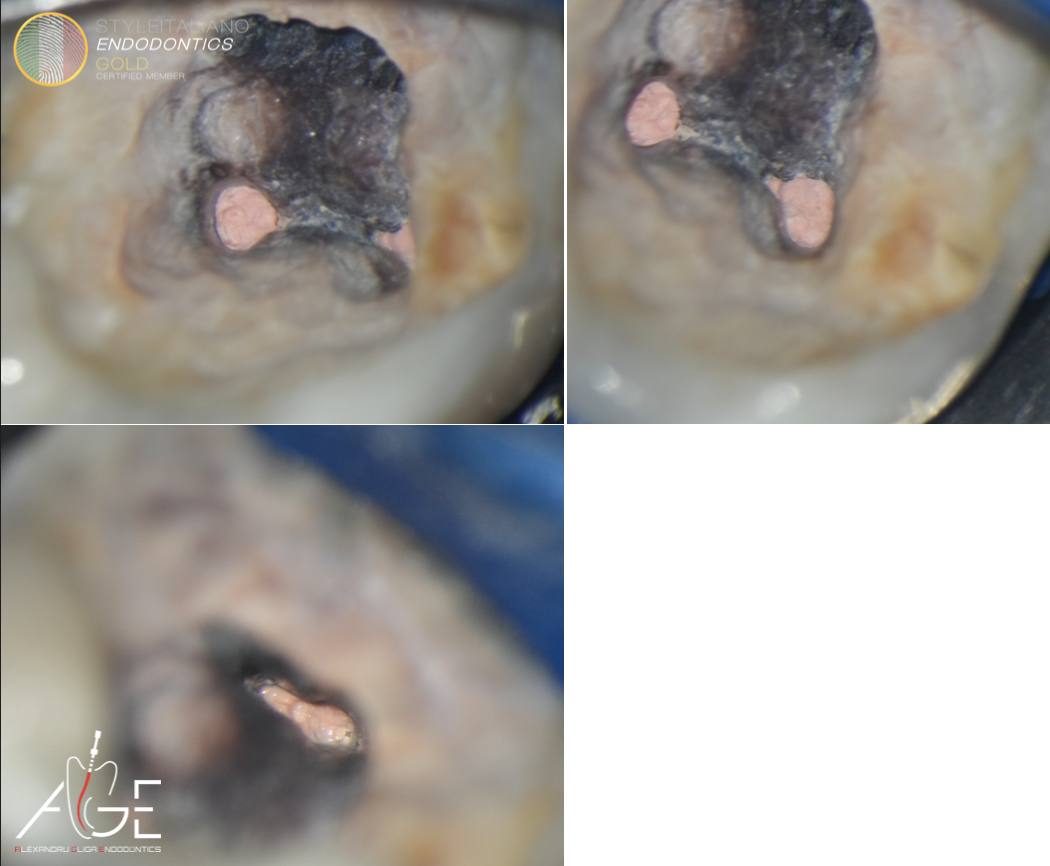
Fig. 4
Vertical warm condensation technique was performed to obturate the canals.
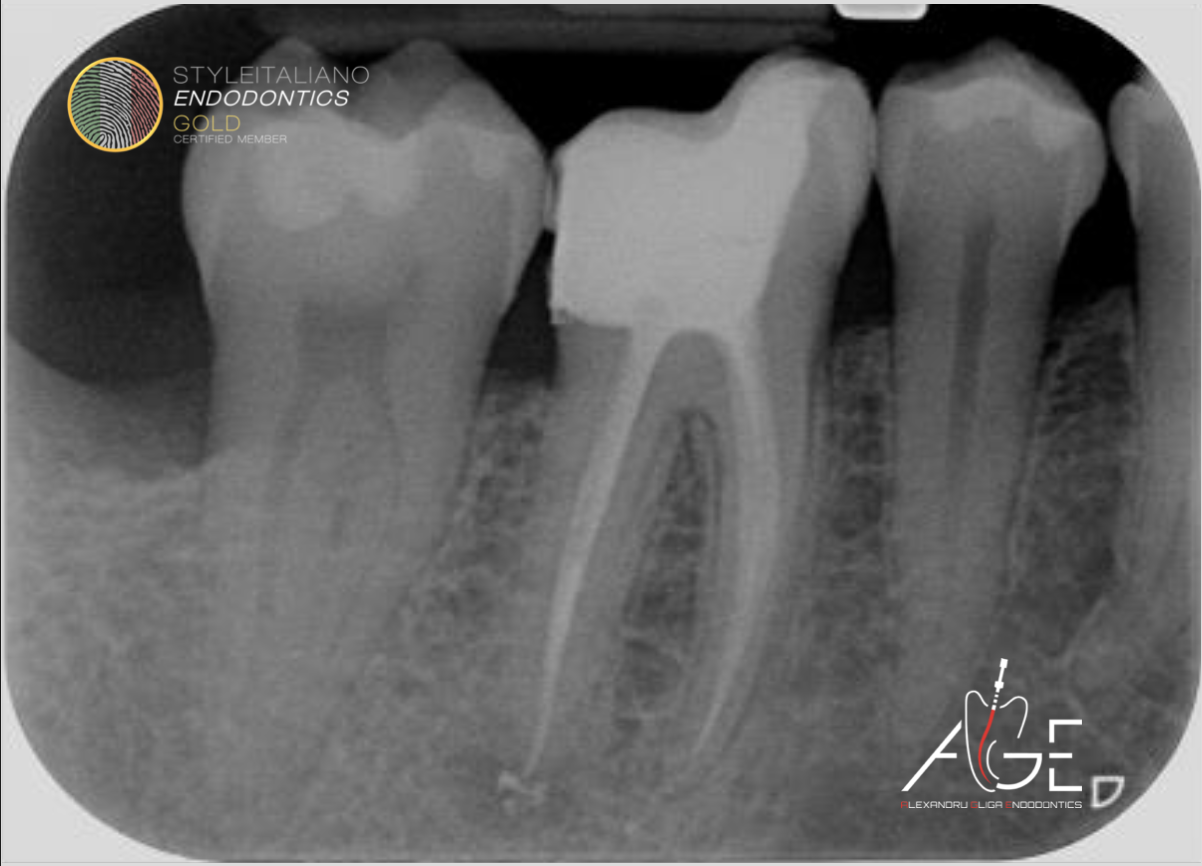
Fig. 5
Post operative X-ray
Conclusions
The algorithm of root canal preparation must be dynamic in order to avoid iatrogenic errors and increase the operators’ comfort. In many clinical situations unprepared or underprepared root canal anatomy should be managed with the use of a well designed file system that ensures a progressive instrumentation rather than a single file.
Bibliography
Hulsmann M, Peters OA, Dummer PMH. Mechanical Preparation of root canals: shaping goals, techniques and means. Endod Top. 2005;10(1):30-76.
Bürklein S, Hinschitza K, Dammaschke T, Schäfer E. Shapingability and cleaning effectiveness of two single-file systems inseverly curved root canals of extracted teeth: Reciproc andWaveOne versus Mtwo and ProTaper. Int Endod J. 2012;45(5):449-61.
Schilder H. Cleaning and shaping the root canal. Dent Clin North Am. 1974;18(2):269-96
Bertani, P., Gagliani, M. & Gorni, F. 2020, Retreatments. Solutions for Periapical Diseases of Endodontic Origin, Edra.


